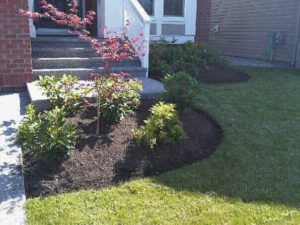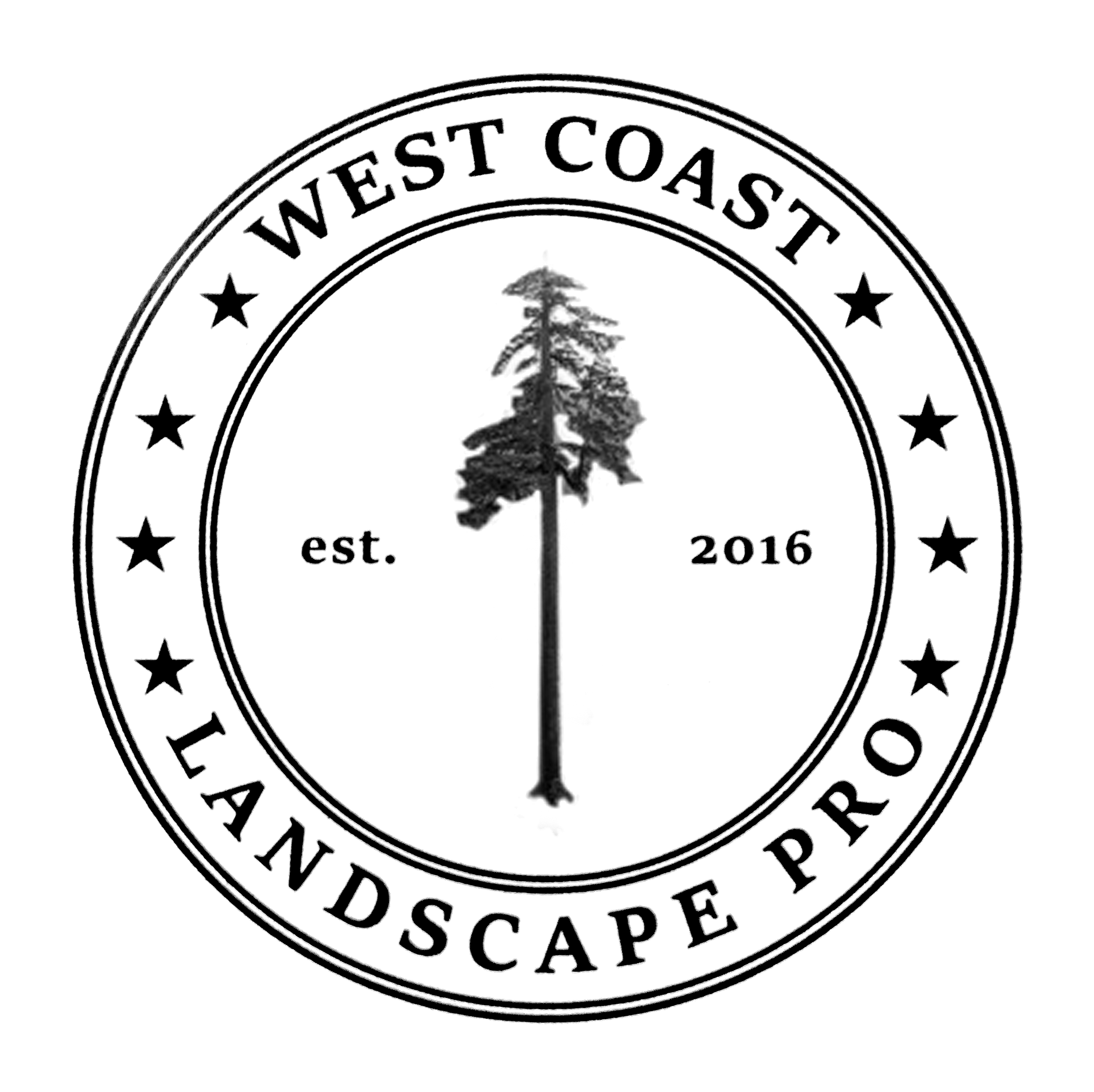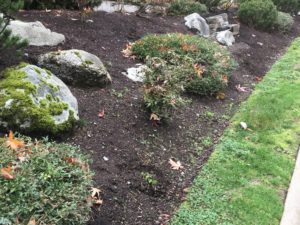Bedwork is an essential part of good landscape maintenance. Once machine work is completed, finesse work gives our sites a clean, crisp look. And yet, it’s consistently one of the most unpopular tasks for landscape workers. As soon as weeding and cultivation are mentioned people run for the nearest machine. All in the hope of escaping from ‘bitch work’. But not on my watch.
The oppressed
Consider a recent horrific example which inspired this blog post. Please examine the picture below. What do you see?
I see lots of weeds and leafiness in the foreground and spot cultivation in the back. And remember, this is a high-profile area directly across from mailboxes.
Incredibly, four (4!) workers serviced this bed together and this was their finished product. It’s totally unacceptable and below average. And not even close to world-class. Where is the love?
Once I discovered this bed, I immediately corrected it and made a note for the following week to instruct the crews better.
The proper way
We must cultivate and weed the entire bed. One half won’t do. I cultivate with a Dutch-hoe or a four-pronger and then rake out the weeds. Obviously, we can not remove too much soil.
The fluffy beds should look good until the next visit. At this particular site that means three weeks. The frequency is critical during the growing season. If you let your weeds produce seeds, you have a problem.
Avoid hand jobs
This is an old argument that won’t go away. Some landscapers avoid cultivation because they are afraid they will bring weed seeds to the surface where sunlight will make them grow. And I admit, that can happen. The alternative is, we are told, to hand pick the weeds. I find this incredibly slow and tedious. I also find that these beds get weedy much quicker. That’s probably because hand-picking doesn’t always get the roots out. And I miss the fluffy fresh look.
More plants
I find that weeds move into bare spots when strata sites are under-planted. Birds and wind also bring in weed seeds. This then is basic ecology.
Having more plants and more groundcovers would help. Otherwise it’s a constant fight. One bare spot gets weedy so we cultivate and remove the weeds only to repeat the process over and over while strata council debates budgets and priorities.
Egan Davis at CanWest
Egan Davis delivered a nice talk on gardening with native plants at the recent CanWest Horticulture Expo in Abbotsford, British Columbia. In his talk he touched on the madness of disturbing the soil and then watering it. So as we expose weed seeds to sunlight we give them water and then we fight them.
But remember, this is about gardening not about strata complexes. The suggested fix of growing meadows of native plants wouldn’t work on strata sites. Installing more plants would.
And until then, I will insist on good quality bedwork with cultivation and weed removal. It’s not enough to have nicely cut lawns and well-pruned plants. Good bedwork gives our sites ‘an edge’. The whole site should ideally look clean and crisp. Use cultivators and don’t forget to smile.



